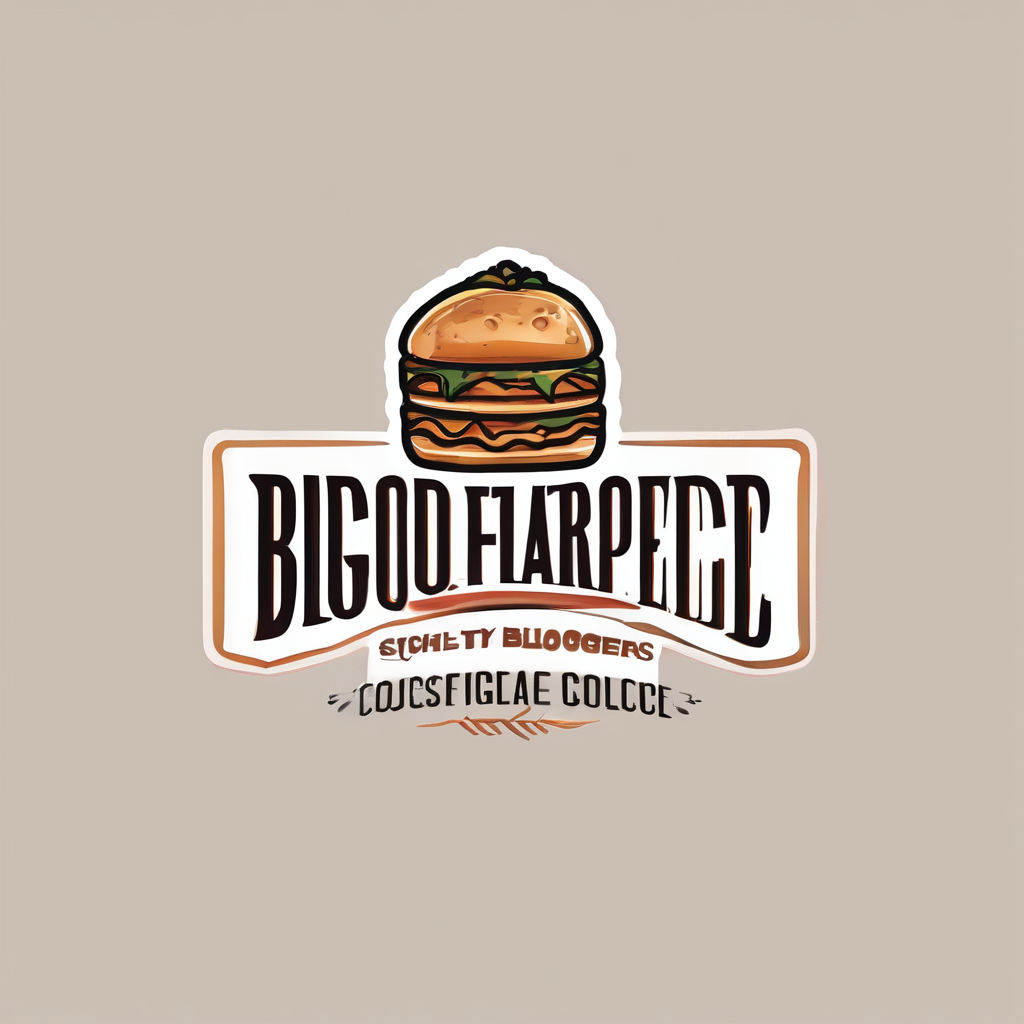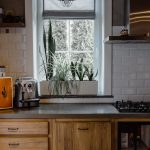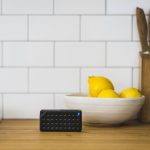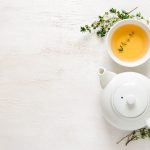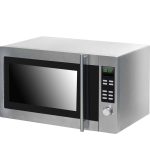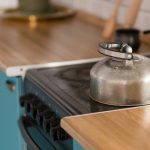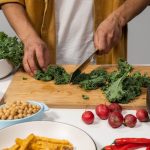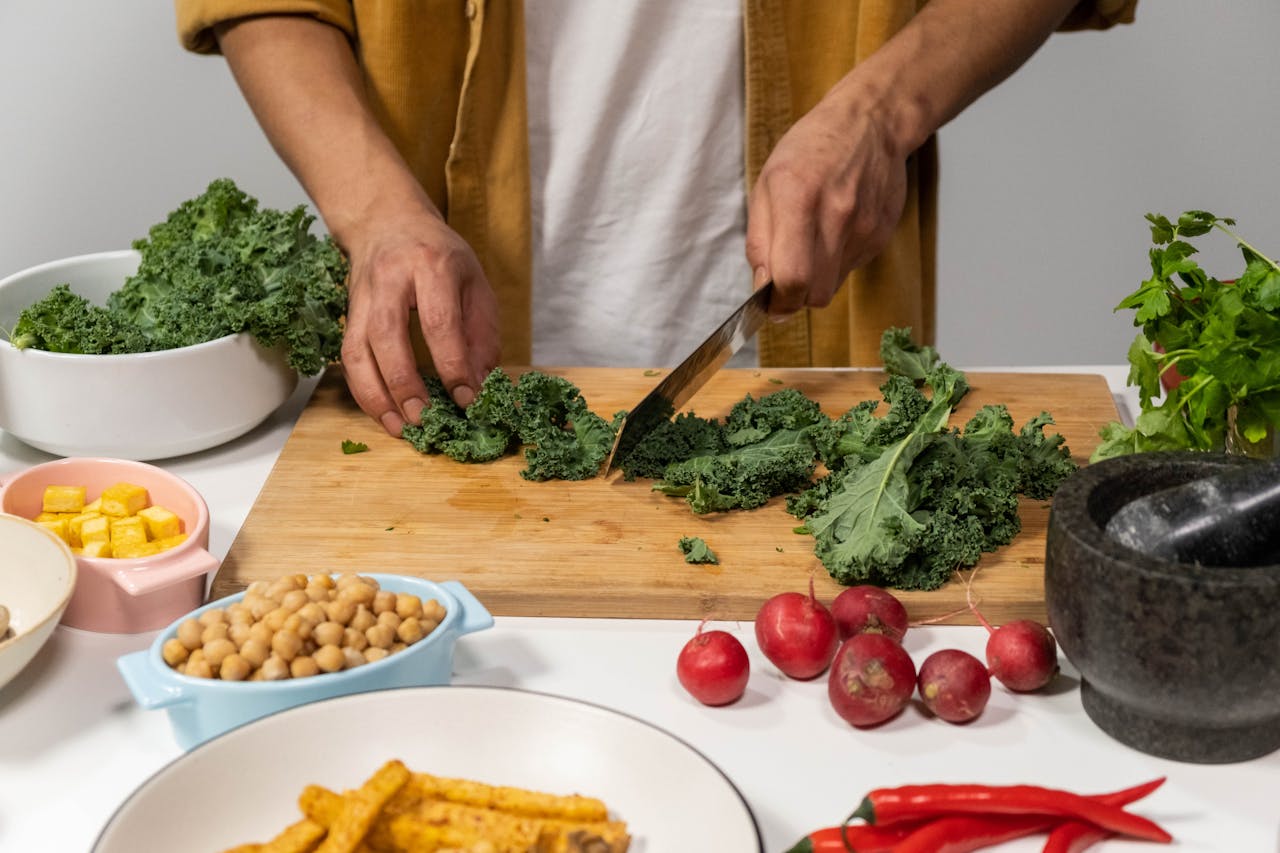When selecting a cutting board, the material can significantly impact your kitchen experience. The right choice not only enhances food preparation but also helps preserve the sharpness of your knives. From wood to plastic, each material offers unique benefits and drawbacks. Understanding how these options influence blade longevity is essential for both amateur cooks and culinary enthusiasts. Explore the key factors that can help you make an informed decision, ensuring your knives remain in top condition while elevating your cooking game.
Overview of Cutting Board Materials
Selecting the right cutting board materials is crucial for maintaining knife sharpness and ensuring efficient kitchen practices. Different materials offer varying levels of durability and impact on your knives.
This might interest you : Choosing the Perfect Roasting Pan Size for Effortless Holiday Feasts and Big Gatherings
Common Cutting Board Materials
Understanding the properties of various cutting board materials can help in making an informed choice. Common materials include:
- Wood: Known for its durability and gentleness on knives, wood boards maintain knife sharpness well.
- Plastic: Affordable and easy to clean, but can dull knives over time.
- Bamboo: Eco-friendly, yet harder than wood, potentially affecting knife sharpness.
- Glass: Stylish but harsh on knives, leading to rapid dulling.
Impact on Knife Sharpness
The choice of cutting board material significantly influences knife sharpness. Softer materials like wood and plastic are less abrasive, preserving the edge of your blades. In contrast, harder surfaces such as glass and bamboo can wear down knives more quickly.
Have you seen this : Discover the Benefits of Silicone Bakeware for Baking Deliciously Sweet Treats!
Importance of Material Selection
Selecting appropriate cutting board materials based on kitchen practices is essential. For frequent cooking, a material that balances durability and knife preservation is ideal. By understanding these factors, you can enhance your cooking experience and prolong the life of your kitchen tools.
Wood Cutting Boards
Discover how wood cutting boards can enhance your kitchen experience.
Benefits for Knife Longevity
Wood cutting boards are celebrated for their ability to preserve knife sharpness. Unlike harder surfaces, they offer a gentle cutting experience, reducing wear on your blades. This characteristic makes them a preferred choice for chefs aiming to extend the life of their knives. As a result, wood boards are often recommended for those who prioritize knife preservation.
Types of Wood: Hardwood vs. Softwood
Choosing between hardwood and softwood cutting boards can impact both durability and knife care. Hardwoods like maple and walnut are dense, offering excellent durability while remaining gentle on knives. In contrast, softwoods are less common but provide a lighter, more flexible option. Understanding these differences can help in selecting the right board for your needs.
Care and Maintenance Tips
Proper care is essential for maintaining wood cutting boards. Regular oiling with food-grade mineral oil prevents drying and cracking, enhancing longevity. Avoid soaking in water to prevent warping. To clean, use a mixture of vinegar and water. These maintenance tips ensure your wood board remains a reliable kitchen companion for years to come.
Plastic Cutting Boards
Explore the advantages and best practices for plastic cutting boards in your kitchen.
Advantages in Hygiene
Plastic cutting boards offer significant advantages in terms of hygiene. Their non-porous surface resists moisture absorption, reducing the risk of bacterial growth. This makes them a practical choice for handling raw meats and other perishable items. Unlike wood, plastic boards can be easily sanitized in a dishwasher, ensuring a thorough clean.
Types of Plastic and Knife Impact
Different types of plastic cutting boards vary in their impact on knives. High-density polyethylene (HDPE) is commonly used due to its balance of durability and gentleness on blades. However, lower quality plastics may dull knives more quickly, necessitating frequent sharpening. Selecting the right type of plastic can help maintain knife sharpness over time.
Best Practices for Maintenance
Proper maintenance of plastic cutting boards enhances their longevity and hygiene. Regular cleaning with hot, soapy water is essential, and periodic sanitization with a diluted bleach solution can prevent contamination. To avoid deep cuts that harbor bacteria, replace boards when they become excessively worn.
- Hygiene: Dishwasher safe
- Durability: Varies by plastic type
- Maintenance: Regular cleaning and replacement
By following these guidelines, you can ensure your plastic cutting boards remain a reliable and safe kitchen tool.
Bamboo Cutting Boards
Discover the eco-friendly benefits of bamboo cutting boards and their impact on knife care.
Benefits of Bamboo as a Sustainable Option
Bamboo cutting boards are renowned for being an eco-friendly choice. Bamboo is a highly renewable resource, growing rapidly without the need for pesticides or fertilizers. This makes it a sustainable option for environmentally conscious consumers. Moreover, bamboo's natural properties make it resistant to moisture and bacteria, enhancing its appeal as a hygienic kitchen tool.
How Bamboo Affects Knife Sharpness
While bamboo cutting boards are a sustainable choice, they are harder than wood and can impact knife care. The density of bamboo can lead to quicker dulling of knives compared to softer materials like wood or certain plastics. However, with proper knife maintenance, such as regular sharpening, bamboo boards can be effectively integrated into your kitchen routine without compromising blade longevity.
Care Tips to Prolong the Life of Bamboo Boards
To extend the life of your bamboo cutting boards, regular maintenance is essential.
- Avoid soaking: Prolonged exposure to water can cause warping.
- Oil regularly: Use food-grade mineral oil to maintain moisture.
- Clean promptly: Use mild soap and water, then dry immediately.
By following these care tips, you can ensure your bamboo board remains a durable and eco-friendly kitchen companion.
Glass and Other Cutting Board Materials
Exploring the effects of hard surfaces like glass on knife safety and alternative materials.
Overview of Glass and Composite Cutting Boards
Glass cutting boards are often chosen for their stylish appearance and ease of cleaning. However, their hard surface can be detrimental to knife safety. When knives strike glass, the edge can dull rapidly, necessitating frequent sharpening. Composite cutting boards, made from a blend of materials, offer more flexibility in terms of durability and knife preservation.
Impact of Hard Surfaces on Knife Edges
Hard surfaces, such as those found in glass cutting boards, can significantly impact knife edges. The lack of give in these materials leads to increased wear on blades, reducing their lifespan. This can be particularly frustrating for those who value knife safety and longevity. It's crucial to weigh the aesthetic benefits of glass against the potential costs to your kitchen tools.
Recommendations for When to Use Alternative Materials
For those prioritizing knife safety, alternative materials to glass are recommended. Consider using:
- Wood: Gentle on knives, preserving sharpness
- Plastic: Affordable and hygienic
- Bamboo: Eco-friendly, though harder on blades
Choosing the right board can enhance your cooking experience while maintaining the integrity of your knives.
